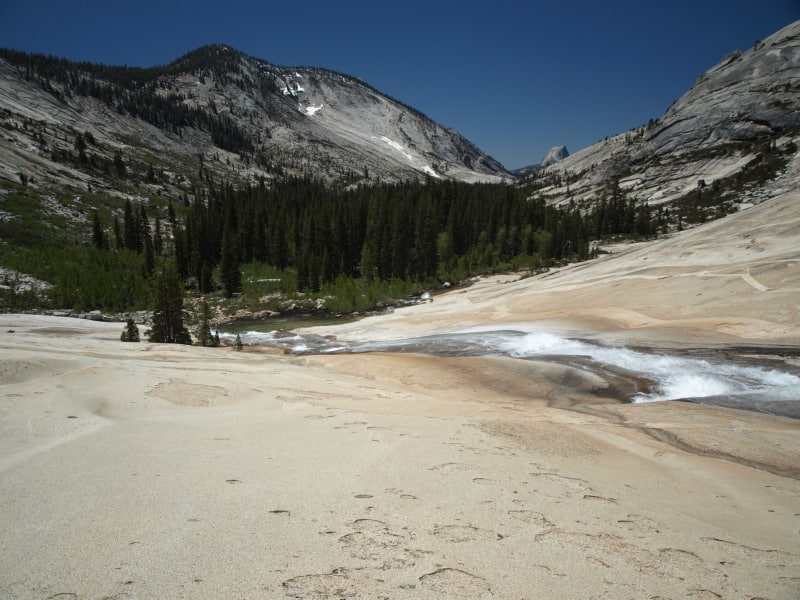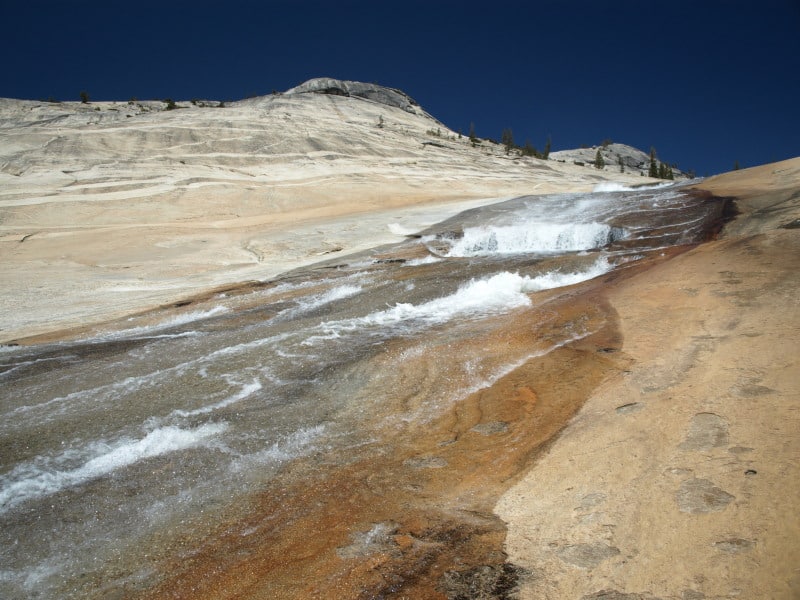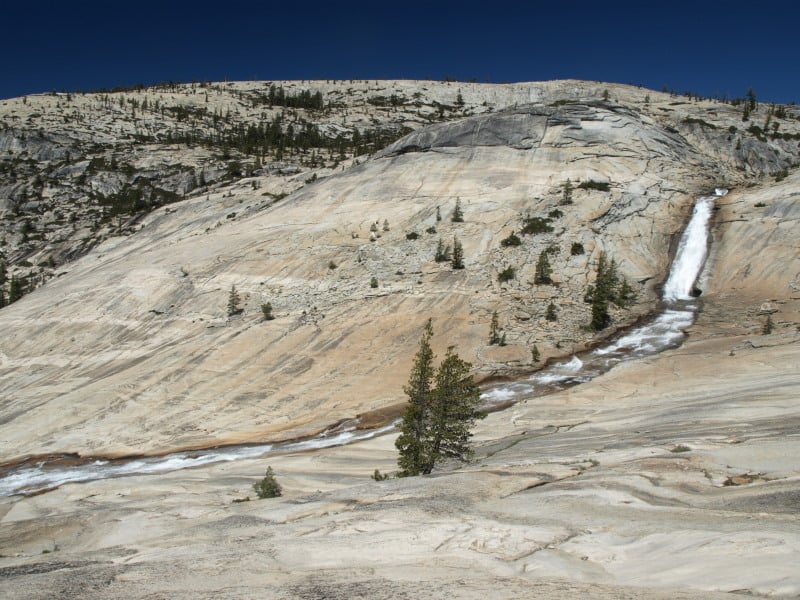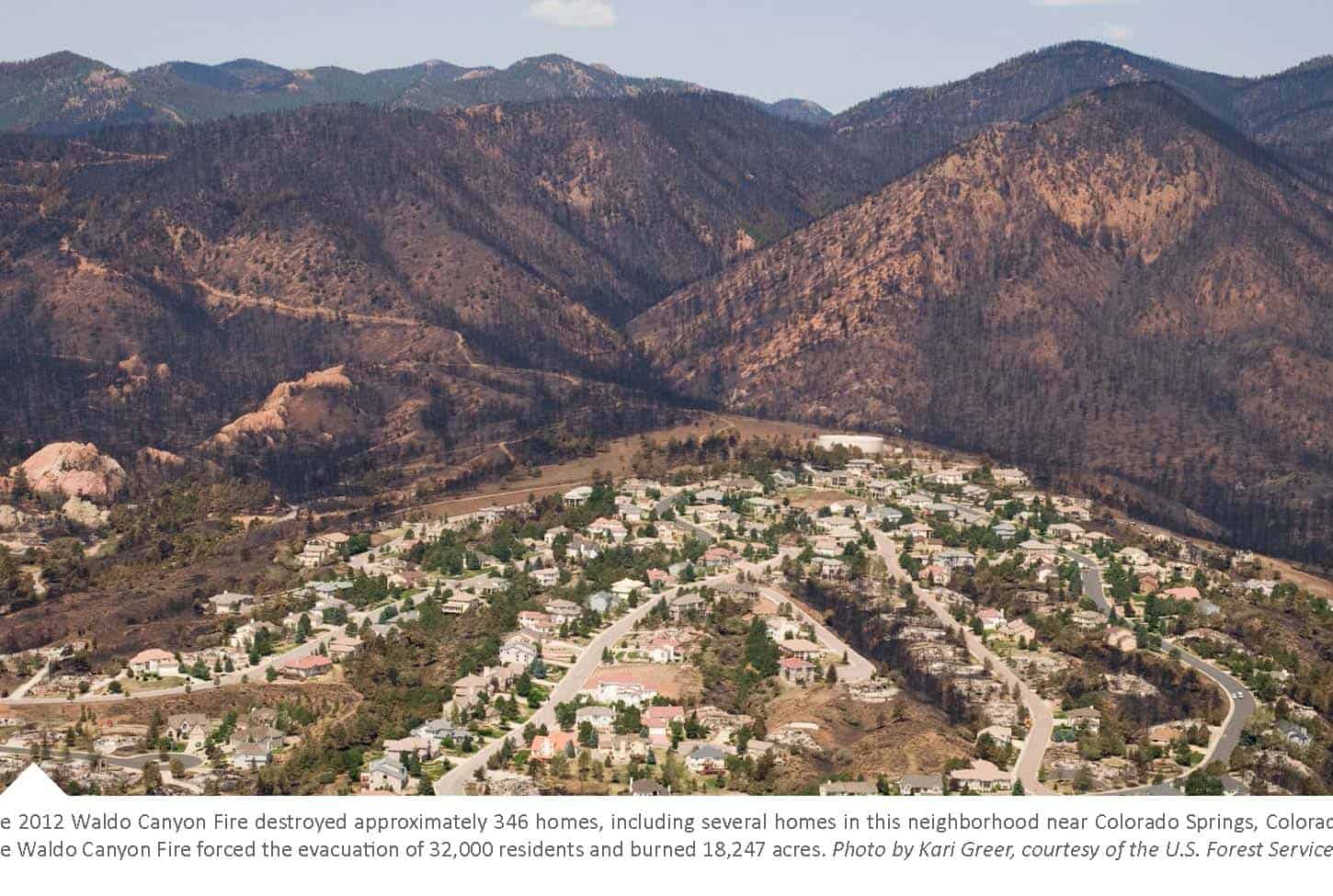
The following is a guest post by Travis Mason-Bushman
During the first week of my tenure as an impressionable Student Conservation Association intern in the R10 Regional Office’s cube farm back in fall 2010, I was subjected to a mandatory screening of The Greatest Good, the Forest Service’s centennial documentary. In that film lies one of the reasons I ultimately chose to pursue a career with the agency – the summative words of William Cronon:
The work of the Forest Service can and should and must continue into the 21st century and beyond. Because in a way, the issues that this agency has been struggling with since its creation are at the very core of what it means to be a human being on the planet and what it means to build a sustainable human society. And it is the struggle, not just of the United States. It’s the struggle of humanity.
Maybe sappy – check that, combined with the rousing music and soaring visuals, definitely sappy. And yet Cronon’s words rang true. As Jack Ward Thomas noted earlier in the film, we are a species on this planet and like every species, we have to exploit our habitat to survive. We cannot have zero impact on the land. Sarah Gilman is right to point out the hypocrisy trap of NIMBYism, which has too often loomed in the background of environmental debates – “as long as you don’t drill next to my house, I don’t care.” Arguments that we shouldn’t log a single stick from the national forests run headlong into the fact that we do need lumber, we do use paper, we must utilize trees – and if we don’t produce what we use and instead export our environmental damage elsewhere, it is little but NIMBYism writ large. There is and must be a place for sensible, sensitive resource production.
But I was struck by the angry, dismissive responses to Matthew Koehler’s comment that “I, for one, don’t continue to insist on Americans continuing to live as we do now,” as if it is somehow an American birthright to profligately use and abuse the planet’s finite resources far out of proportion to our numbers. This is the true entitlement crisis: the belief that we are entitled to exploit and use up every resource we can possibly get our hands on or our drilling rigs into.
A growing number of Americans, and particularly those of my generation, are recognizing that what modern humans have been doing – “our way of life” – is entirely unsustainable. There is not oil enough on this planet, forest enough on this planet, carbon capacity enough on this planet, for humans to live exactly the way we lived for the last 100 years for the next 100 years. Infinite growth on a finite planet is, quite simply, impossible.
Does that mean we have to go back to the Stone Age? I don’t think so. But does that mean we might rethink decisions about our way of life that were made in the last 50-100 years, often without a full understanding of their impact on ecology and resources? Does that mean we should perhaps reconsider what we need and what we want? Does that mean we ought to view our activities as a species through a much longer frame of perspective? Yes, yes, and yes. (A rare acceptable use of the Oxford comma.)
As I have been fond of pointing out in interpretive talks at the Tongass National Forest’s rapidly-retreating Mendenhall Glacier – perhaps the Forest Service’s single most frying-pan-in-the-face obvious example of climate change – I don’t own a car. In fact, I’ve never even possessed a driver’s license. I biked to work every day, rain or shine (and if you know the Tongass, it was mostly the former.) That has been a conscious decision, that I will be one less internal combustion engine on the roads of the United States. And I am far from alone – studies have shown, time after time, that Millennials are driving 20% less than our parents did at similar ages. Cost, convenience, environmental sensibilities, culture – for all those reasons and more, my generation is car-sharing, using transit, walking, biking and generally using any number of forms of transportation that are far more energy-efficient and less carbon-dependent. We support high-speed rail, view climate change as a real threat and are eschewing suburban sprawl that has consumed precious land and energy.
Will these changes alone solve our collective human challenge? Of course not. But they are, unmistakably, a sign that my generation recognizes that challenge – the challenge of adapting a way of life left to us by a generation apparently unwilling to confront the limits of geology and ecology that we are rapidly approaching. We must be wise stewards of our natural resources, because these are all we have or will ever get. We must have concern for the planet’s ecosystem, because there is but one in the universe.
And yet this view of a planet with limits, a civilization built for the long run, is hardly new and ought not be controversial. After all, it found one of its most eloquent defenses nearly 100 years ago from one of the men responsible for creating the Forest Service in the first place:
The “greatest good for the greatest number” applies to the number within the womb of time, compared to which those now alive form but an insignificant fraction. Our duty to the whole, including the unborn generations, bids us restrain an unprincipled present-day minority from wasting the heritage of these unborn generations.
That man, of course, was Theodore Roosevelt. And it is to his view of the “greatest good” which I believe our future society must adhere – one that considers most important not profitability next quarter or GDP growth next year, but the ecosystem’s next decade and the climate of the next century.
Travis is a Tongass National Forest SCEP trainee/Pathways intern/whatever they’re calling us this week, and worked for the last two summers as a ranger-interpreter at the Mendenhall Glacier Visitor Center. He just completed a master’s degree in recreation at Indiana University, with his thesis being a study of visitor experiences and interpretive outcomes at Mendenhall Glacier Recreation Area.







